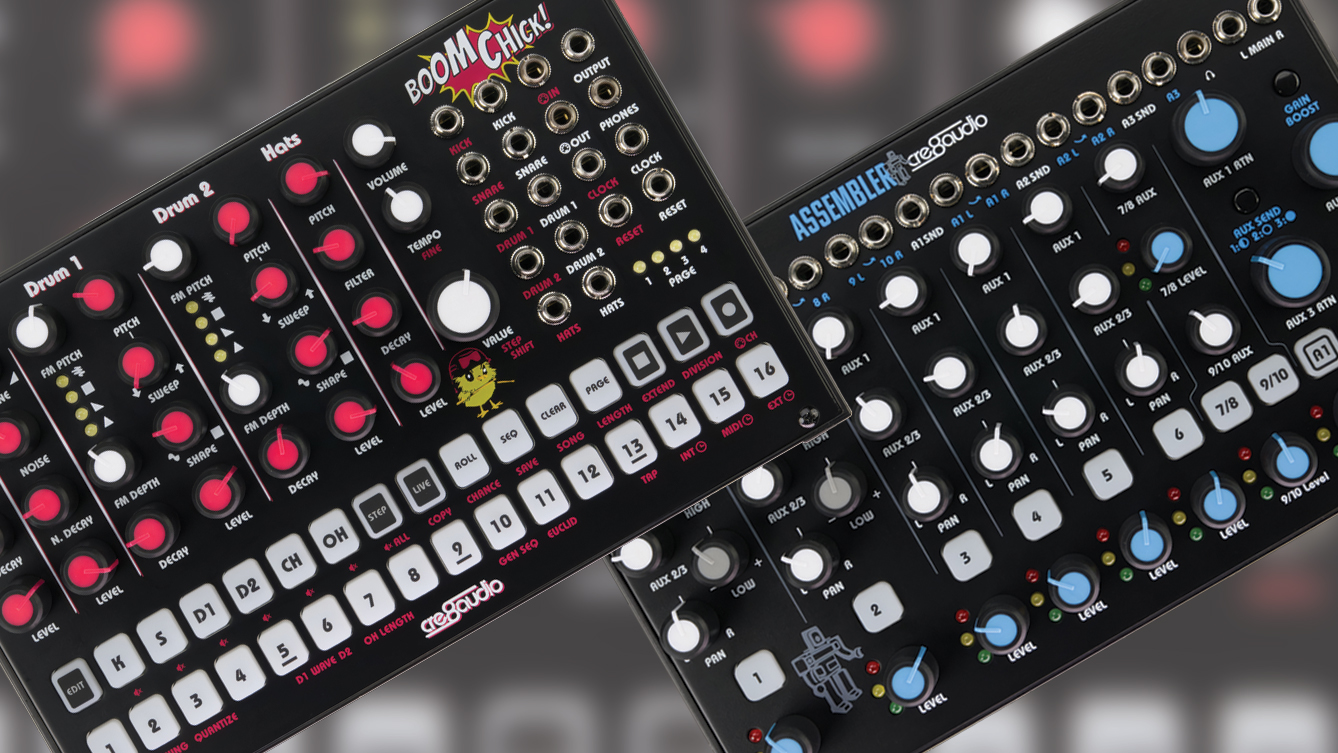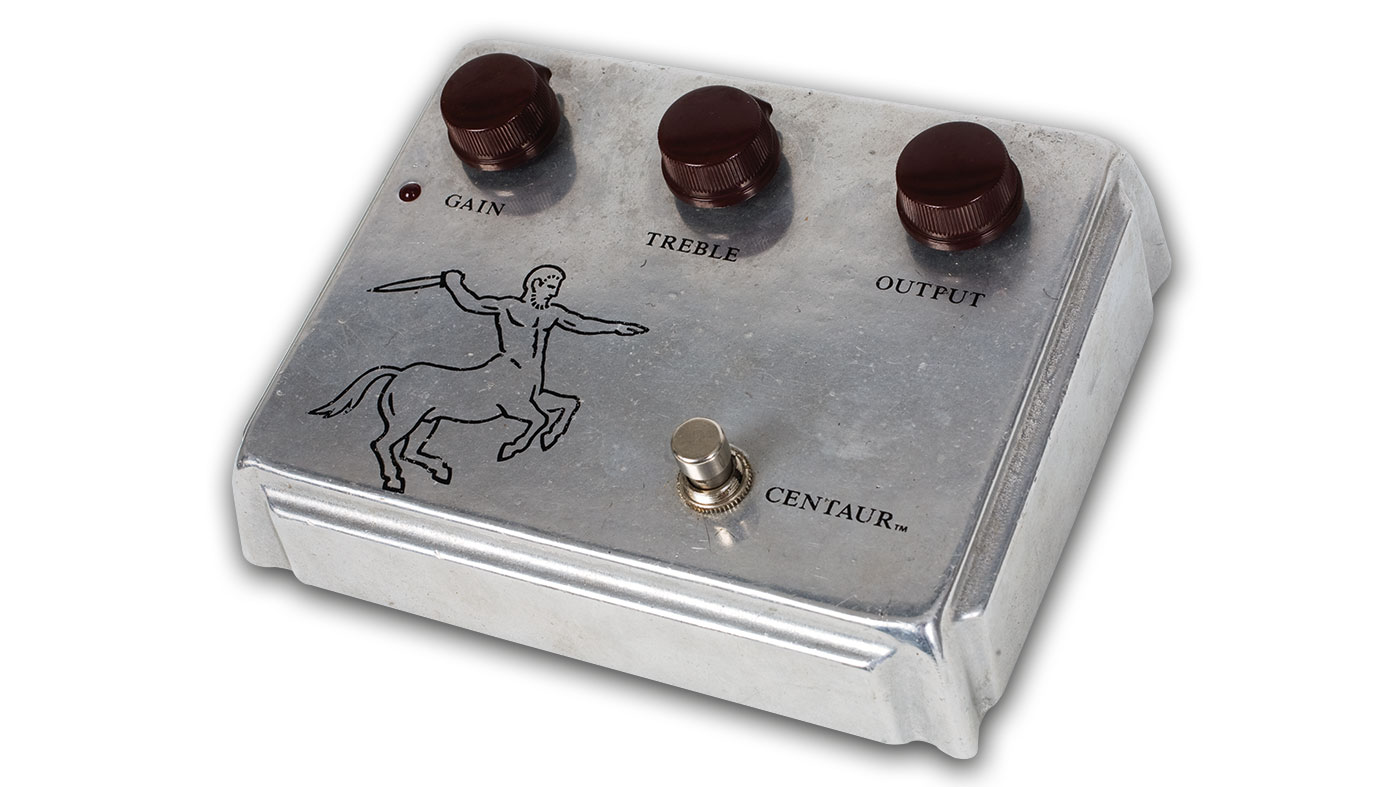
The line between accepted guitar wisdom and hogwash can sometimes blur, where if enough people repeat something that was never true it becomes accepted. So when you often see the Klon Centaur and the many, many overdrive pedals it's inspired described as 'transparent' it seems to make sense. It's a transparent-sounding pedal, right? Well, not really…
Brian Wampler designed the Klon circuit-inspired Tumnus. A pedal that recently saw its Germanium edition sell out very fast, with the predictable premium reselling market beginning to stir. But Brian isn't just a talented designer, he's great at breaking down his work for people on social media. He does it in an entertaining and educational way, even when he's bringing the truth hammer down on snake oil and myths.
A post shared by Brian Wampler (@brianwampler)
A photo posted by on
If you turn your gain all the way down it's a pretty transparent pedal
When his reel on the subject of the Klon and transparency came up to brighten my social media doom-scrolling this morning, I thought it was worth highlighting. By Brian's own admission, people's realisation that the Klon isn't actually very transparent isn't uncommon, and he gets similar questions about the Tumnus. "So if you notice this big bump here," begins Brian as he illustrates the gain bump of a Klon at 1k. "A lot of mids as you turn the gain up." That's not transparent at all. So how can there be such confusion?
"Well, it's probably because when the gain control is all the way down you're effectively turning off the distortion part. So if you turn your gain all the way down it's a pretty transparent pedal."
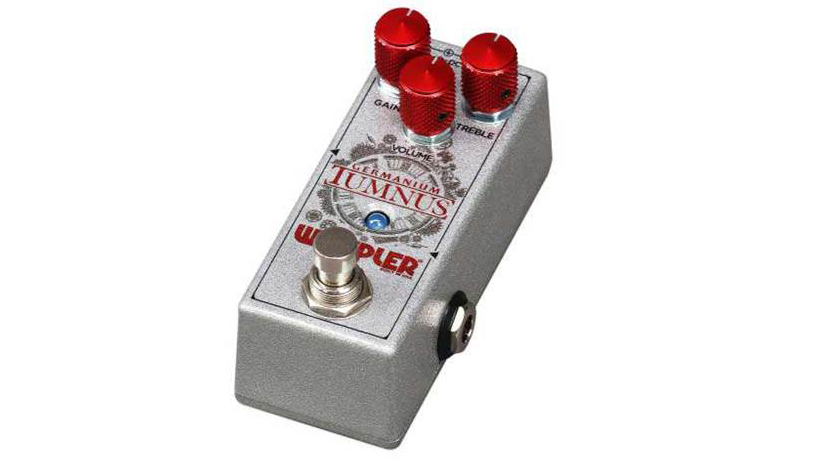
The Klon is technically a hard-clipping overdrive – which is a surprising considering what it can be effectively used for. It was originally designed to be used with tube amps already breaking up as opposed to a clean amp. It really shines for players who use it in the former way with their guitar's volume control in play to further control the gain – that's when its quality and usability becomes even clearer. I've certainly found that with my Tumnus too.
Of course, people can use it how they want, and plenty of do use the Klon and close klones with the gain dialled right down, as an always-on pedal for clean and gain stacking with the pedal's diodes not even clipping. It can still add some girth and compression to your clean tone this way. But as Brian highlights, it's only transparent like this in the same way that many boosts would be set the same way. Or even an EQ pedal with the level up but none of the frequencies.
It seems obvious when Brian highlights it, but it also shows how perceptions can run away with themselves in the guitar world.
Get the MusicRadar Newsletter
Want all the hottest music and gear news, reviews, deals, features and more, direct to your inbox? Sign up here.

Rob is the Reviews Editor for GuitarWorld.com and MusicRadar guitars, so spends most of his waking hours (and beyond) thinking about and trying the latest gear while making sure our reviews team is giving you thorough and honest tests of it. He's worked for guitar mags and sites as a writer and editor for nearly 20 years but still winces at the thought of restringing anything with a Floyd Rose.
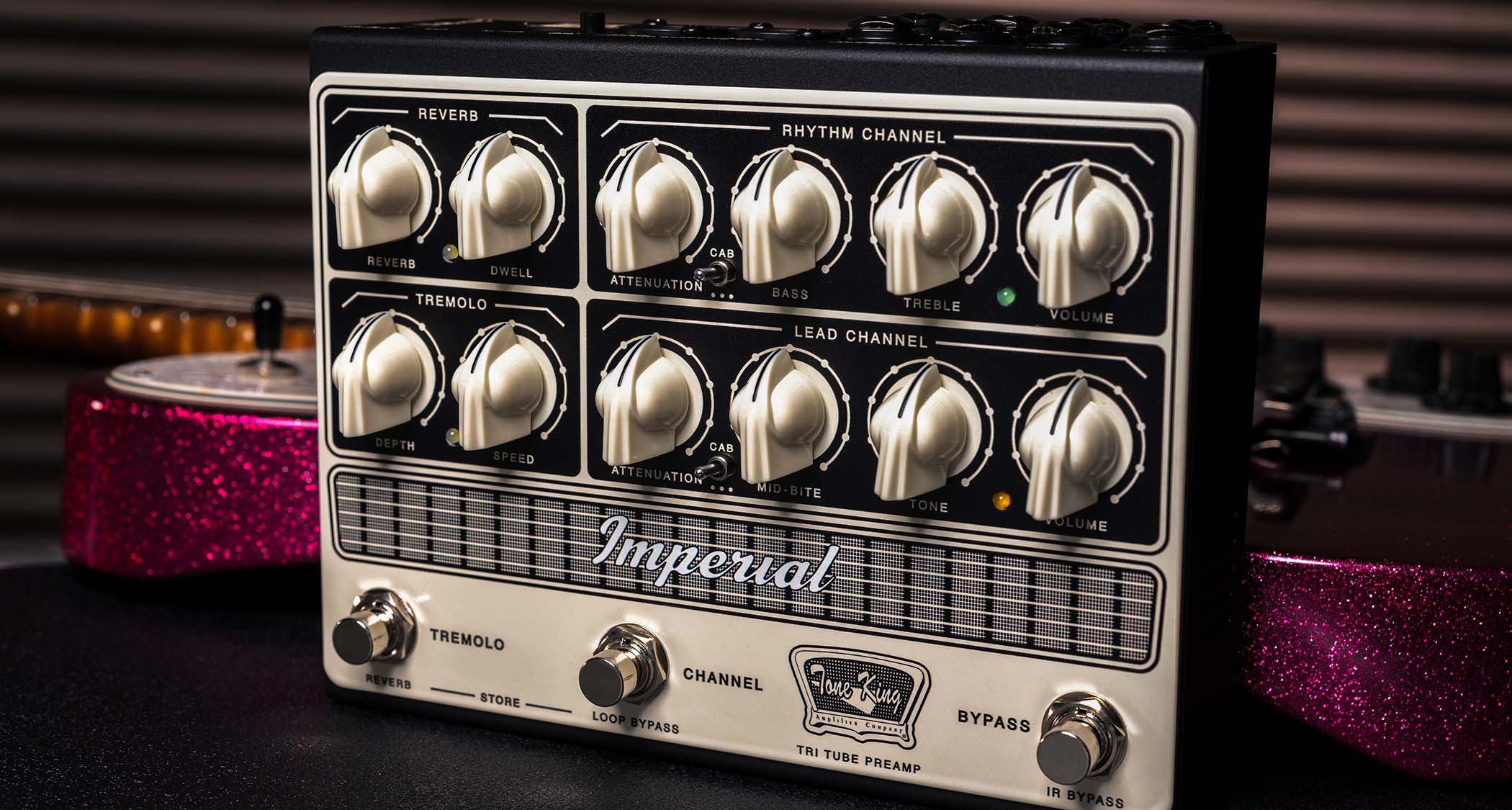
“A pedal that sings with harmonic richness and blooming touch response”: Tone King offers up boutique tube amp tones for your pedalboard with the Imperial Preamp
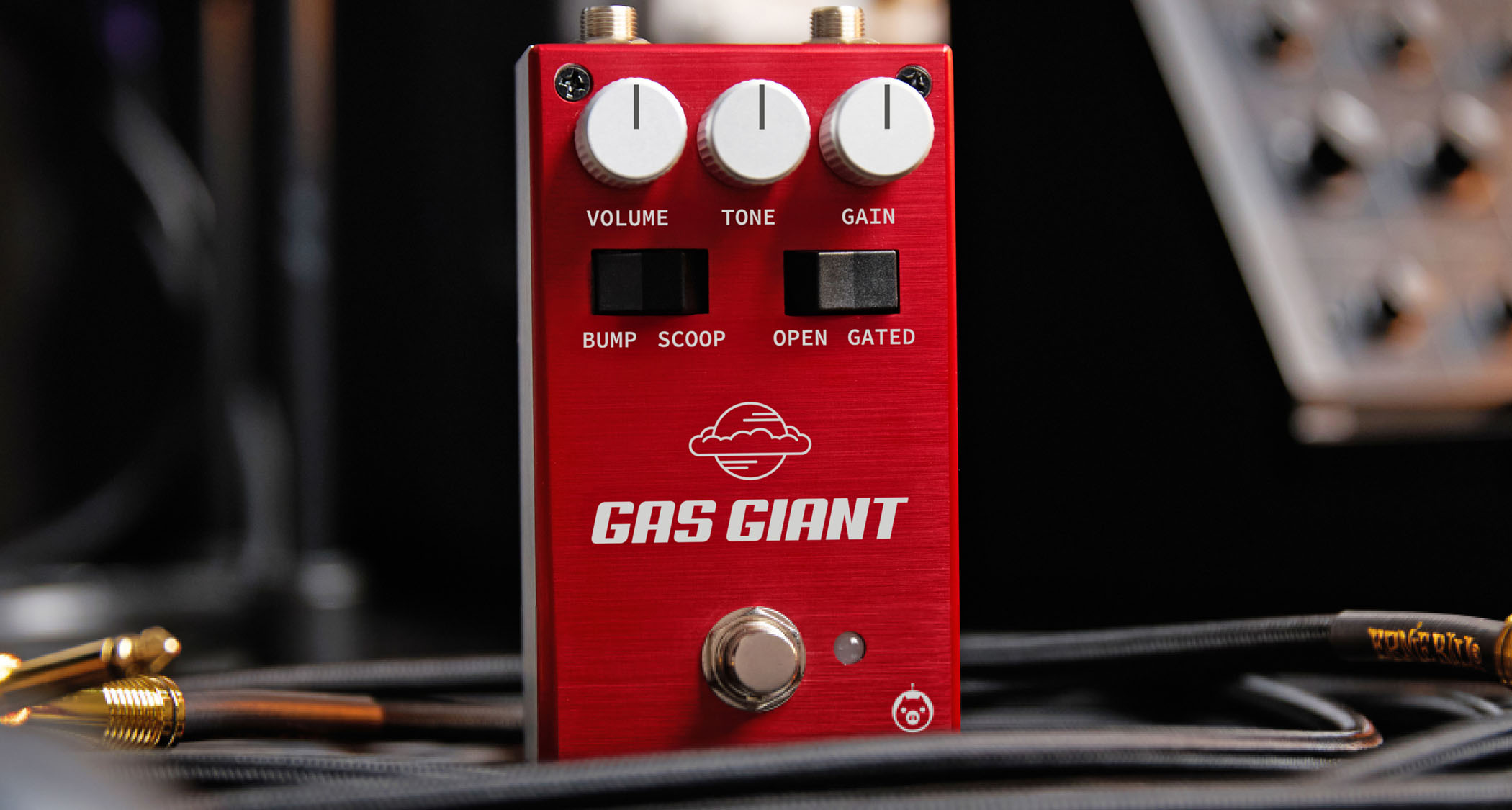
“Each and every unit is perfectly dialled in to the 'sweet spot' that can be so elusive to find in vintage pedals”: Pigtronix’s Gas Giant is a high-gain fuzz pedal with a FET-driven onboard noise gate




